When Safety Turns Into Control: The Untold Truth About Red Flag Laws
Few laws in America ignite as much tension between public safety and individual rights as red flag laws, formally known as Extreme Risk Protection Orders (ERPOs). Designed to prevent tragedy before it strikes, these laws allow courts to temporarily remove firearms from individuals deemed a danger to themselves or others. Supporters see them as a life-saving tool—particularly for preventing suicides and mass shootings—while critics warn they threaten due process and the constitutional right to bear arms.
But beyond slogans and headlines lies a more complicated reality. Red flag laws have saved lives. They’ve also been inconsistently applied, poorly understood, and, in rare cases, misused. How these laws work in practice depends heavily on the details—how petitions are filed, how judges interpret “dangerousness,” how law enforcement enforces orders, and how states protect against abuse.
This long-form analysis explores both the application and misapplication of red flag laws in the United States—tracing their history, examining state-by-state implementation, assessing their effectiveness, dissecting constitutional challenges, and reviewing both success stories and controversies. It’s not a partisan argument. It’s a clear-eyed look at how an idea meant to save lives is reshaping the boundaries of rights and responsibility in modern America.
The Origin Story: How Red Flag Laws Emerged
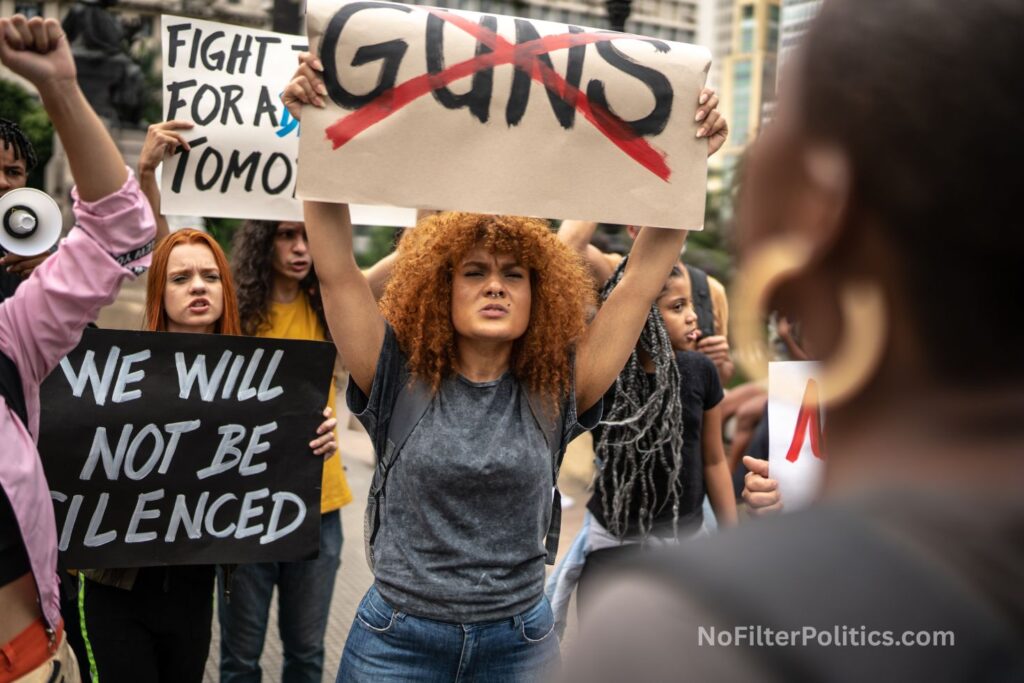
Connecticut and Indiana: The First Experiments
The first modern red flag law appeared in Connecticut in 1999, following a workplace shooting at the state lottery headquarters. The tragedy exposed a gap: police and family members had seen warning signs, but no legal mechanism existed to act before violence occurred. The law allowed police—after a sworn affidavit and a judge’s approval—to seize firearms temporarily if someone was believed to pose an imminent risk.
Indiana followed in 2005, enacting what became known as the “Jake Laird Law,” named after a police officer killed by a man with untreated mental illness. The law gave police authority to remove guns and later seek judicial review to determine if the person should remain disarmed. These early experiments shaped the blueprint for later ERPOs.
The Post-Parkland Wave
For over a decade, only a handful of states followed Connecticut and Indiana’s lead. That changed dramatically after the 2018 mass shooting at Marjory Stoneman Douglas High School in Parkland, Florida. The shooter had repeatedly exhibited alarming behavior, yet no intervention occurred. Within months, Florida’s Republican-led legislature passed a red flag law—one of the broadest in the nation.
Other states quickly followed: Vermont, Maryland, Illinois, New York, Colorado, and Nevada among them. By 2025, 21 states and the District of Columbia had enacted some form of red flag law, with several others debating bills. On the federal level, there is no nationwide ERPO statute, but the Bipartisan Safer Communities Act of 2022 created grants to help states adopt and enforce them.
These laws share a common goal—stop the next tragedy—but vary dramatically in their scope, petition process, and enforcement philosophy.
How Red Flag Laws Work: The Mechanics

At their core, red flag laws are civil procedures, not criminal charges. They generally operate in two stages:
-
Emergency Order (Ex Parte):
A petitioner—often law enforcement or a family member—files a sworn statement alleging someone poses an imminent threat. A judge reviews it, and if satisfied, issues a temporary order (usually 7–21 days). Guns can be seized or new purchases blocked immediately. -
Final Order Hearing:
Within days or weeks, the respondent has a right to appear in court, present evidence, and challenge the order. If the judge finds “clear and convincing evidence” of danger, the order can be extended, typically for up to one year.
When the order expires, the individual’s rights are restored unless another petition is filed.
This design balances urgency with due process—but how it’s applied varies widely from state to state.
The Patchwork of Implementation: 21 States, 21 Approaches
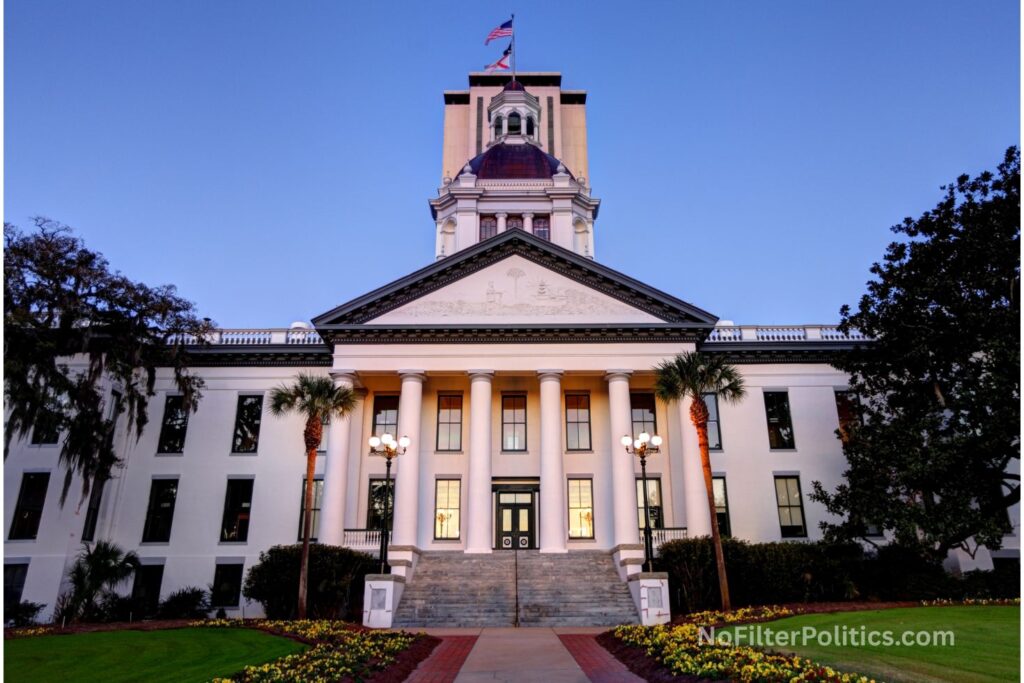
Who Can File?
The first major difference among states is who can request an ERPO.
-
In every state, law enforcement can file.
-
In most, family or household members can too.
-
A few go further: California, New York, and Maryland allow petitions by clinicians, educators, or employers.
The broader the list of eligible petitioners, the greater the reach—but also the higher the risk of potential misuse.
The Role of Police and Courts
In some states, like New Mexico, families cannot file directly; they must convince police to take the case. That slowed early adoption—just 23 petitions were filed statewide in the first two years. After training programs and procedural reforms, filings quadrupled.
Florida represents the other extreme. Since 2018, Florida courts have processed more than 8,000 red flag petitions—more than any other state. In Polk County alone, Sheriff Grady Judd has made it policy to aggressively use the law to prevent violence, saying bluntly, “We’re not going to wait for a Parkland.”
By contrast, Illinois, despite a 2019 law, has issued fewer than 200 orders, and most came from a single suburban county. Implementation depends less on the law itself and more on local leadership.
Administrative Logistics: Timing Is Everything
Speed kills—or saves. Some states offer judges around-the-clock access via phone or digital filing; others restrict hearings to court hours. A Maryland task force found that judges available 24/7 dramatically increased usage and responsiveness. States that delayed hearings by days often lost windows of opportunity.
To streamline enforcement, Indiana revised its process after a 2021 shooting where a man previously disarmed under an ERPO later bought new weapons. The fix: police must now file their case directly with the court within 48 hours of any seizure, ensuring the record immediately blocks further purchases.
Uneven Awareness
Despite their expansion, most Americans don’t know their state even has a red flag law. Advocates cite public ignorance as the biggest barrier to saving lives. Many tragic suicides or shootings occur because families simply don’t know such a tool exists—or how to use it.
Measuring Success: Do Red Flag Laws Actually Work?

Suicide Prevention
Suicide accounts for more than half of all U.S. gun deaths. ERPOs target that risk more effectively than almost any other gun policy.
Studies from Connecticut and Indiana show compelling results:
-
Connecticut saw a 14% reduction in firearm suicides after active enforcement began.
-
Indiana saw a 7.5% drop in firearm suicides following its ERPO adoption.
Researchers estimate that for every 10–20 orders issued, one suicide is prevented. The math is straightforward: remove a gun during a mental health crisis, and survival odds skyrocket. Suicide attempts by firearm are nearly always fatal; other methods are not.
Preventing Mass Shootings
Measuring what doesn’t happen is harder, but case data is telling. A review of California ERPOs found at least 21 cases between 2016 and 2018 where individuals had detailed plans for mass shootings. None of those attacks occurred after orders were issued. Similar interventions in Maryland, Vermont, and Florida have halted potential school shootings and workplace attacks.
In Maryland’s first six months, officials credited the law with preventing several school shootings. In Vermont, the very first ERPO stopped an 18-year-old planning to “surpass Columbine.” In Florida, countless domestic threats and online shooting declarations have led to fast interventions—and no follow-through violence.
Statistically, Florida’s gun homicide rate was about 11% lower than projected after the state’s law took effect, suggesting that proactive enforcement can blunt lethal outcomes.
The Limitations
ERPOs are not a cure-all. They cannot address systemic issues like poverty, mental illness, or social isolation. They rely on recognition—someone must notice danger signs and take action. And they require cooperation between courts, law enforcement, and families. When that system breaks down, tragedies still happen.
The Constitutional Question: Rights, Risks, and Rulings
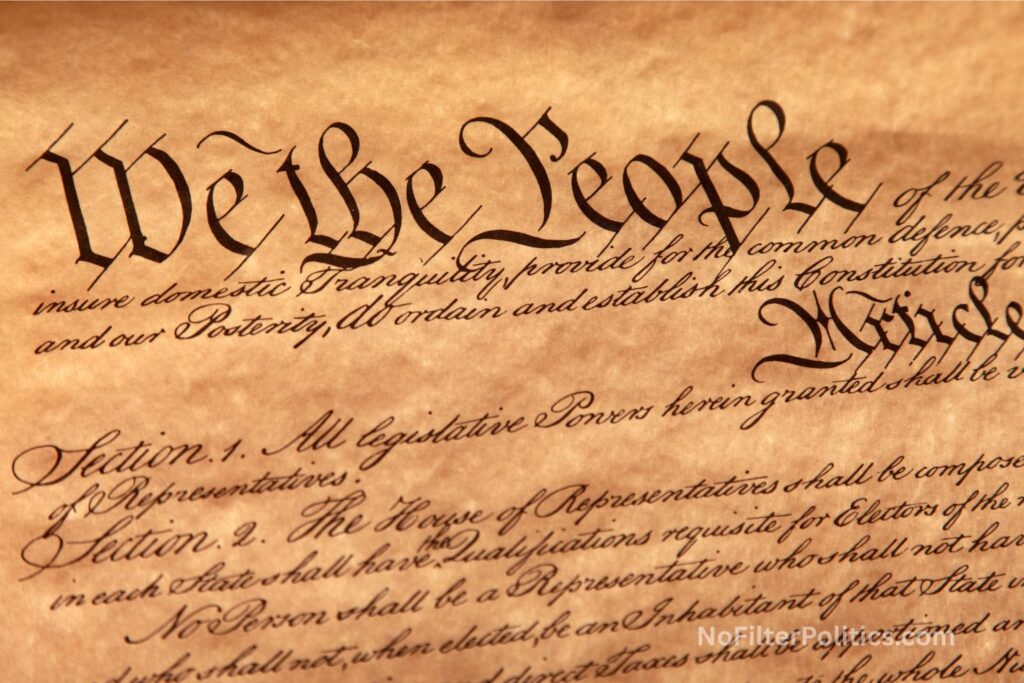
Due Process Concerns
The biggest constitutional flashpoint is due process—the idea that government can’t deprive someone of property or liberty without fair procedure. Critics argue that emergency “ex parte” orders, where the gun owner isn’t present, violate that principle.
Courts, however, have largely disagreed.
In Florida, an appellate court upheld the state’s law in 2019, ruling it was narrowly tailored to a compelling public safety interest. Judges noted the process mirrors temporary domestic violence restraining orders, which have long been constitutional.
New York’s appellate division reached the same conclusion in 2024, rejecting claims that its red flag law was vague or violated the Second Amendment. The court said it contained “ample procedural safeguards” and fit within America’s “historical tradition of disarming dangerous individuals.”
The Second Amendment Debate
Since the Supreme Court’s 2022 Bruen decision, which tightened scrutiny of gun laws, red flag statutes have faced new challenges. Yet the high court’s 2024 ruling in United States v. Rahimi—upholding firearm bans for those under domestic violence restraining orders—sent a strong signal. The Court ruled that government can restrict gun access for people “reasonably judged to be dangerous,” aligning closely with ERPO logic.
Most legal scholars now expect well-crafted red flag laws to survive constitutional scrutiny, provided they include prompt hearings, high burdens of proof, and penalties for false filings.
Fourth and Fifth Amendment Issues
Other concerns involve search and self-incrimination. Serving an ERPO may involve entering a home to collect weapons. Most states now require separate search warrants to satisfy Fourth Amendment protections. Some also grant immunity so that surrendering a firearm cannot later be used as evidence of unlawful possession—addressing Fifth Amendment concerns.
So far, no appellate court has struck down an ERPO law outright. Instead, procedural refinements have emerged from litigation, improving safeguards as the laws mature.
When Things Go Right: Lives Saved and Violence Stopped

1. The Vermont “Active Shooter” Journal Case (2018):
Police uncovered a teenager’s detailed plan to attack his high school. Vermont’s brand-new ERPO law allowed immediate intervention. Weapons were seized, the student entered treatment, and the state credited the law with preventing a massacre.
2. California Workplace Threat (2019):
After a fired employee threatened coworkers, police obtained a gun violence restraining order. A search revealed a cache of rifles and manifestos. No violence occurred, and the man later sought counseling.
3. Maryland School Threats (2018–2019):
Officers statewide filed dozens of ERPO petitions against students who made shooting threats. Officials reported that at least five potential school attacks were stopped in the first six months alone.
4. Florida Domestic Case (2020):
A man threatened his ex-partner online, vowing to kill her and himself. Police filed a red flag petition the same day, confiscated his firearms, and referred him to crisis services. The victim later said the law saved her life.
Each case underscores the potential when laws are applied promptly and responsibly. They prevent impulsive violence, allow cooling-off periods, and often direct individuals to mental health support.
When Things Go Wrong: Missteps, Abuse, and Tragedy
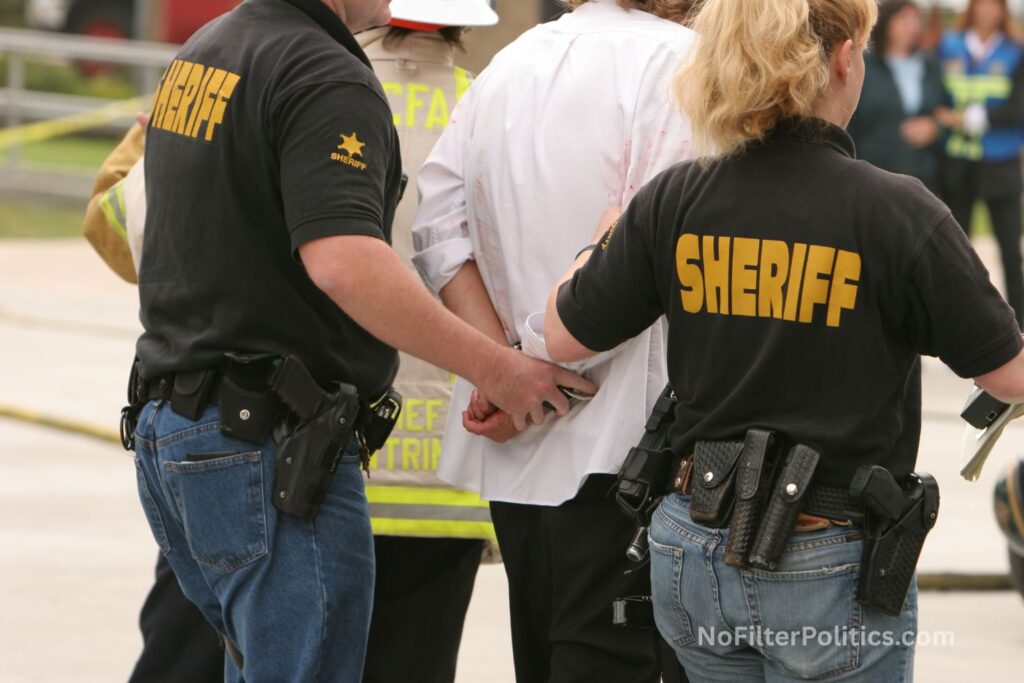
The Maryland Fatal Service Case (2018)
One of the most infamous incidents occurred in Anne Arundel County, Maryland, shortly after the state’s law took effect. Police served an ERPO at 5 a.m. to 61-year-old Gary Willis, whose relative had reported erratic behavior. Willis answered the door armed. During the confrontation, a shot was fired, and officers fatally shot him.
Supporters said it showed the danger of confronting armed, unstable individuals. Critics said it illustrated the risk of seizing guns before a hearing. The case led to reforms in how and when Maryland police serve ERPOs—favoring daylight hours, supervisory oversight, and de-escalation strategies.
False or Frivolous Petitions
In Colorado, a woman falsely claimed to be the family member of a police officer to file an ERPO against him after he shot her son in the line of duty. The judge quickly denied the petition and the woman was later convicted of perjury. The episode demonstrated both vulnerability and resilience in the system—showing the potential for abuse but also the built-in safeguards and accountability mechanisms that prevented misuse from succeeding.
Bureaucratic Failures
Administrative failures have also cost lives. The 2021 Indianapolis FedEx shooting revealed a gap in Indiana’s process. Police had seized a shotgun from the shooter months before under red flag authority but never pursued the case in court. Without a judge’s order, the man legally purchased new weapons used in the attack. Indiana closed that loophole afterward.
Effectiveness vs. Enforcement: The Real Divide
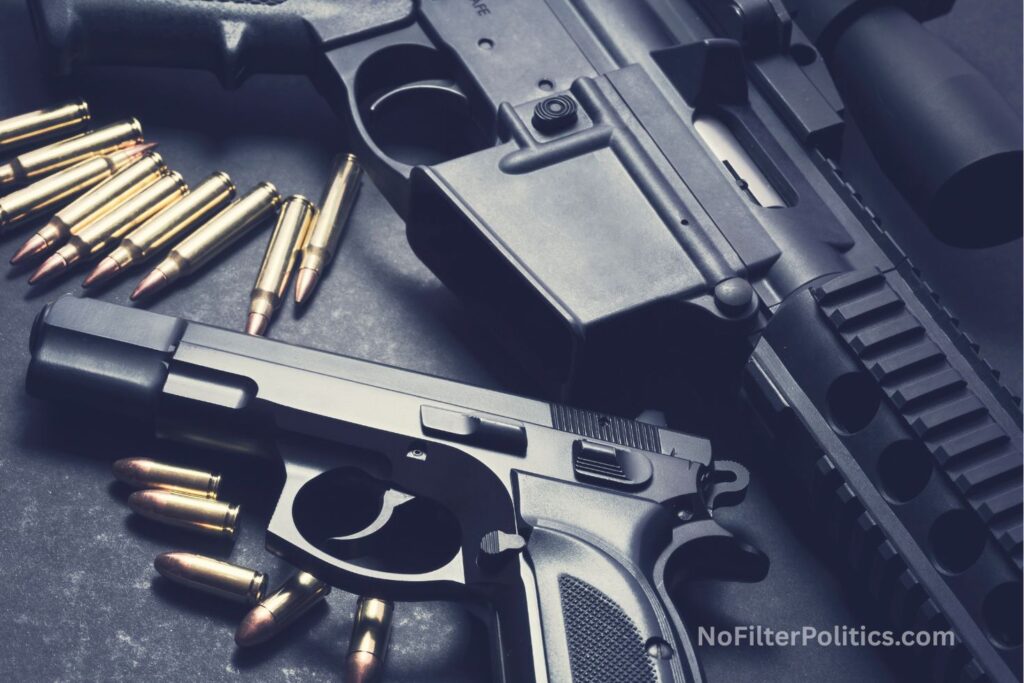
The difference between success and failure rarely hinges on ideology—it’s about execution. The best-performing states share common traits:
-
Clear procedures and timelines
-
Broad training for police and judges
-
24/7 judicial access
-
Public awareness campaigns
-
Data tracking and accountability
Maryland and Florida demonstrate this formula. Both saw measurable reductions in violent threats after ramping up training and outreach. In contrast, states that passed laws but failed to fund enforcement—like Illinois or New Mexico early on—saw little impact.
The lesson: laws don’t enforce themselves. They need champions who understand both their promise and their pitfalls.
Balancing Freedom and Fear: What’s at Stake
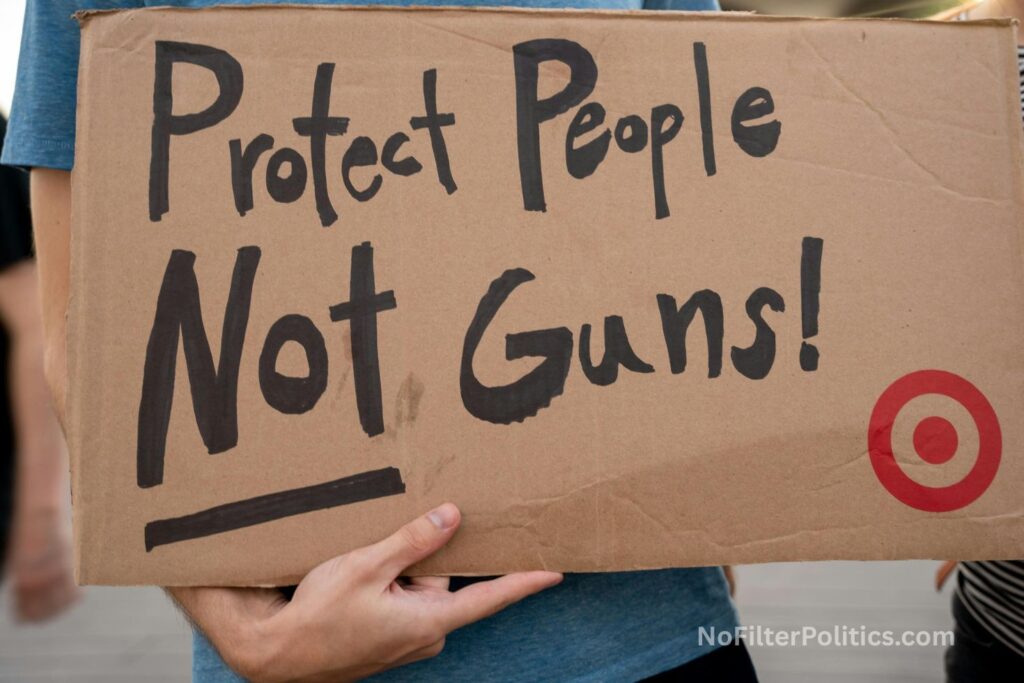
Red flag laws embody the oldest dilemma in a republic—how far government should go to protect its citizens from harm without eroding liberty in the process. Their design raises timeless questions:
-
Who defines “dangerous”?
-
How much evidence is enough?
-
And how much trust should we place in the discretion of judges, police, or family members?
Supporters argue these laws honor the Second Amendment by preserving responsible ownership while preventing preventable deaths. Opponents see a slippery slope—an invitation for political misuse or malicious targeting. Both sides share one truth: trust is the currency of every red flag law. Without it, the system collapses.
The Road Ahead
The next phase of red flag policy will likely involve federal standardization incentives, digital filing systems, and integration with mental health services. Expect renewed debate as more states consider adoption and others refine existing frameworks.
The Supreme Court’s recent rulings suggest that ERPOs, when carefully crafted, will remain legally sound. But public acceptance will depend less on courts and more on performance—how often they work as promised and how rarely they fail unfairly.
For lawmakers, the task is to keep refining procedures, strengthen penalties for false claims, and invest in outreach. For citizens, it’s understanding that the debate isn’t about being “pro” or “anti–red flag.” It’s about ensuring that laws designed to save lives don’t become tools for violating rights.
Conclusion: The Promise and the Price
Red flag laws sit at the intersection of America’s most charged conversations—about violence, freedom, trust, and the role of government. They are neither the villain nor the savior. They are a complex instrument whose impact depends entirely on how human beings use it.
In the right hands, they give families and officers a lifeline—a chance to prevent the unthinkable. In the wrong hands, or without sufficient oversight, they can corrode the very liberties they’re meant to protect.
America’s challenge is not whether to have red flag laws, but how to wield them wisely—balancing fear and freedom in a way that honors both safety and the Constitution. That balance, fragile but essential, is where the future of this debate—and perhaps countless lives—will be decided.
References
- Everytown for Gun Safety. “Extreme Risk Laws Save Lives.” Everytown Research & Policy. Accessed October 2025. https://everytownresearch.org/report/extreme-risk-laws-save-lives/
- Everytown for Gun Safety. “Red Flag Laws Save Lives. Here’s Proof.” Everytown. Accessed October 2025. https://www.everytown.org/press/red-flag-laws-save-lives-heres-proof/
- Firearms Law Center, Duke University. “New York State Appellate Court Upholds Red Flag Law.” Duke Firearms Law Blog. March 2024. https://firearmslaw.duke.edu/2024/04/litigation-highlight-new-york-state-appellate-court-upholds-red-flag-law
- Harvard Law Review. “United States v. Rahimi.” Harvard Law Review. July 2024. https://www.harvardlawreview.org/?p=16796
- Johns Hopkins Bloomberg School of Public Health. “Research on Extreme Risk Protection Orders.” Center for Gun Violence Solutions. 2023. https://publichealth.jhu.edu/sites/default/files/2023-02/research-on-extreme-risk-protection-orders.pdf
- Journalist’s Resource. “Can ‘Red Flag’ Laws Curb Gun Violence? Here’s What the Research Says.” Harvard Kennedy School Shorenstein Center. 2023. https://journalistsresource.org/criminal-justice/mass-shootings-red-flag-laws-update/
- Montana State University. “The Effects of Red Flag Laws on Firearm Suicides and Homicides.” ScholarWorks at Montana State University. 2024. https://scholarworks.montana.edu/bitstreams/a8b08e78-094c-4544-ad19-86d3ad59d3d3/download
- National Collaborative on Gun Violence Research (NCGVR). “Effectiveness of Red Flag Laws and Other Emergency Protective Measures.” NCGVR Webinar Series. 2024. https://www.ncgvr.org/events/gun-violence-prevention-webinar-series/red-flag-laws.html
- Oyez. “United States v. Rahimi.” Oyez Project at IIT Chicago-Kent College of Law. 2024. https://www.oyez.org/cases/2023/22-915
- Psychiatric Services. “Effects of Risk-Based Firearm Seizure Laws in Connecticut and Indiana.” Psychiatric Services Journal. 2018. https://psychiatryonline.org/doi/10.1176/appi.ps.201700250
- SCOTUSblog. “United States v. Rahimi.” SCOTUSblog. 2024. https://www.scotusblog.com/cases/case-files/united-states-v-rahimi/
- Stateline. “Red Flag Laws Are Increasingly Being Used to Protect Gun Owners in Crisis.” Stateline, Pew Charitable Trusts. March 11, 2025. https://stateline.org/2025/03/11/red-flag-laws-are-increasingly-being-used-to-protect-gun-owners-in-crisis/
- Supreme Court of the United States. “22-915 United States v. Rahimi (06/21/2024).” Supreme Court of the United States Opinions. June 21, 2024. https://www.supremecourt.gov/opinions/23pdf/22-915_8o6b.pdf
- University of Michigan, Institute for Firearm Injury Prevention. “Extreme Risk Protection Orders (ERPOs).” Policy Brief Series. 2024. https://firearminjury.umich.edu/wp-content/uploads/2024/01/v3_ERPOs-brief.pdf
- U.S. Department of Health and Human Services. “Extreme Risk Protection Orders: Evidence Summary.” National Institutes of Health. Accessed October 2025. https://pmc.ncbi.nlm.nih.gov/articles/PMC12131552/
Discover more from Timothy Alexander
Subscribe to get the latest posts sent to your email.